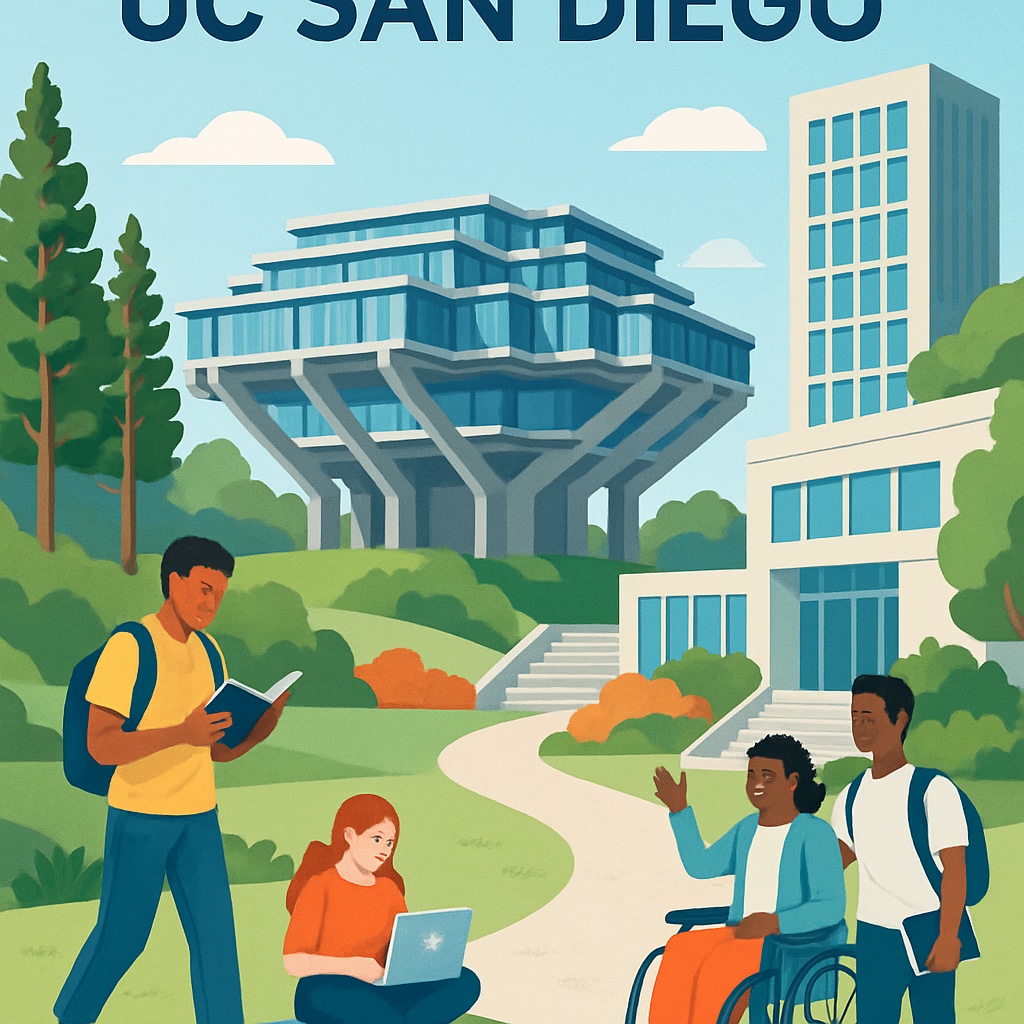The University of California, San Diego (UC San Diego) has unveiled an ambitious expansion plan to increase its student population to 56,000, marking a transformative shift in higher education. This growth not only impacts the university itself but also reverberates throughout the K-12 education system, which must adapt to prepare students for the evolving demands of higher education. The expansion reflects a broader trend toward inclusivity and accessibility in education, challenging traditional notions of exclusivity in elite institutions.

Shaping the Future of Higher Education
UC San Diego’s decision to expand its enrollment is emblematic of a growing movement in higher education to accommodate more students and reduce barriers to entry. Historically, elite universities have maintained small student populations to preserve academic rigor and exclusivity. However, as societal demands for accessible education increase, institutions like UC San Diego are embracing change.
This expansion plan aims to offer opportunities to a broader demographic, including underserved communities. By increasing capacity, UC San Diego can provide more students access to its resources, faculty expertise, and research opportunities. However, scaling up comes with logistical challenges, including maintaining quality education and ensuring adequate infrastructure.
Impacts on K-12 Education
The ripple effects of UC San Diego’s expansion are deeply felt in K-12 education systems. As the university opens its doors to more students, K-12 schools must adapt their curricula and strategies to prepare students for college-level learning. This includes strengthening STEM (Science, Technology, Engineering, and Mathematics) programs, enhancing college preparatory courses, and fostering critical thinking skills.
Additionally, the expanded university admissions process may shift focus toward holistic evaluations, emphasizing extracurricular activities, leadership skills, and community engagement. K-12 educators must emphasize these areas to ensure students are competitive candidates for the increasingly inclusive yet rigorous admissions landscape.

Challenges and Opportunities
The ambitious expansion plan brings both challenges and opportunities for K-12 education. On the one hand, schools may face pressure to update facilities, train teachers, and align curricula with the demands of modern universities. On the other hand, the increased accessibility of UC San Diego can motivate students to pursue higher education, knowing that prestigious institutions are now within reach.
- Challenges: Budget limitations, teacher shortages, and disparities between affluent and underserved schools may hinder adaptation efforts.
- Opportunities: Collaboration between UC San Diego and K-12 schools could lead to innovative programs, mentorship opportunities, and resource sharing.
Moreover, the expansion may inspire other universities to adopt similar growth strategies, potentially reshaping the entire educational ecosystem.
Preparing for a New Era in Education
In light of UC San Diego’s expansion, K-12 schools must proactively embrace change. By fostering partnerships with higher education institutions, investing in teacher training, and updating curricula to reflect the demands of modern universities, schools can ensure their students are well-prepared for the future.
For example, introducing advanced placement (AP) courses, dual enrollment programs, and technology-driven learning tools can bridge the gap between K-12 and higher education. Additionally, encouraging students to explore diverse career paths and fostering resilience will prepare them for the challenges of university life.
As UC San Diego transitions from an elite institution to a more inclusive one, its expansion serves as a model for other universities. The collaboration between higher education and K-12 systems is essential to creating a cohesive educational pipeline that benefits students, educators, and society as a whole.
Readability guidance: The article uses short paragraphs to improve readability, includes lists to summarize key points, and balances active and passive voice. It incorporates clear transitions to ensure a logical flow and avoids overly complex language while maintaining a professional tone.


